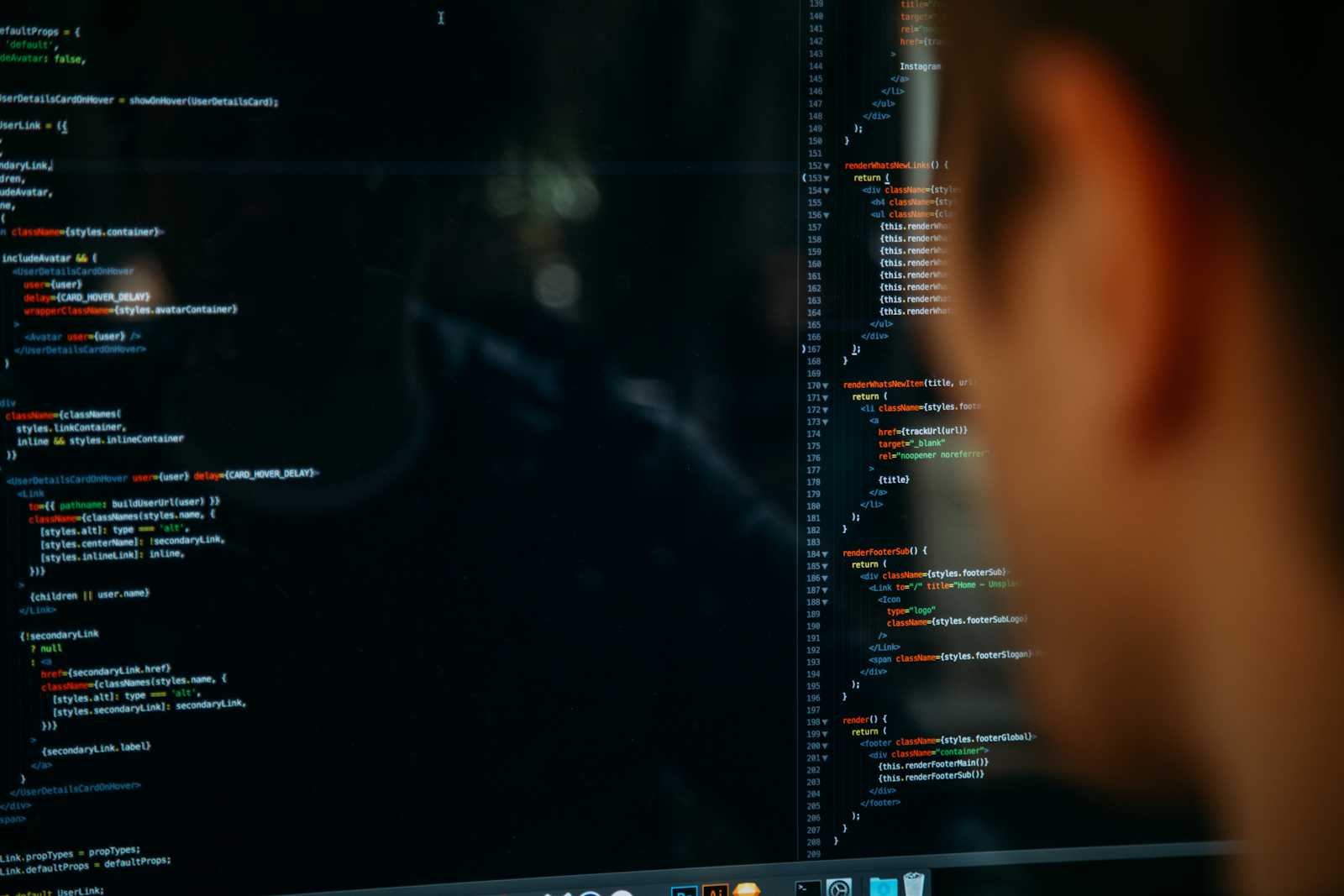Vibe Coding: The Fantasy and Risks of AI-Powered Software Development
 Ahammad kabeer
Ahammad kabeer
The landscape of software development is changing at an unprecedented pace, with artificial intelligence (AI) playing an increasingly dominant role. One of the most fascinating yet controversial trends emerging from this transformation is "vibe coding." Popularized by AI expert Andrej Karpathy, vibe coding refers to using natural language prompts to instruct AI to generate code. This approach shifts the programmer's role from hands-on coding to guiding, testing, and refining AI-generated solutions.
The appeal of vibe coding lies in its promise of effortless software creation, potentially making programming more accessible than ever before. However, alongside this utopian vision come significant challenges and risks. In this article, we’ll explore the exciting potential and looming pitfalls of vibe coding, offering insights into its implications for developers and the tech industry at large.
What is Vibe Coding? A New Approach to Programming
Vibe coding operates by allowing users to describe their desired software functionality in plain language, after which an AI model generates the corresponding code. This process is iterative: users refine their prompts based on the AI’s output, continuously improving the final product.
While this concept aligns with existing trends like low-code and no-code development, vibe coding takes it further by minimizing the need for traditional programming knowledge. As Karpathy puts it, "It's not really coding - I just see things, say things, run things, and copy-paste things, and it mostly works."
Yet, a key distinction must be made. True vibe coding implies a willingness to accept AI-generated code without fully understanding its mechanics. AI researcher Simon Willison highlights the difference between using AI as a sophisticated autocomplete tool versus completely relying on it without comprehension.
The Fantasy: Speed, Accessibility, and New Possibilities
Vibe coding offers numerous advantages that could redefine software development:
Increased Speed & Productivity: AI can automate tedious coding tasks, significantly accelerating software development. Some studies suggest AI-assisted projects see a 55% productivity boost.
Lower Barrier to Entry: Non-developers can create applications by simply describing their ideas, democratizing software creation.
Rapid Prototyping: Startups and entrepreneurs can quickly develop minimum viable products (MVPs) for faster market testing.
Focus on High-Level Tasks: Experienced developers can offload repetitive coding tasks to AI, allowing them to concentrate on software architecture and innovation.
The impact of vibe coding could be profound, particularly in empowering non-technical founders and domain experts to bring their ideas to life without needing a full development team.
The Risks: Quality, Security, and Long-Term Viability
Despite its potential, vibe coding introduces a range of concerns:
Poor Code Quality: AI-generated code might "mostly work" but could contain hidden inefficiencies, bugs, or deviations from best practices.
Scalability Challenges: AI-written code may lack proper documentation and structure, making long-term maintenance difficult.
Security Vulnerabilities: AI may inadvertently introduce security flaws such as SQL injection risks or exposed API keys.
Skill Erosion: Over-reliance on AI could lead to a decline in fundamental coding skills, particularly for new developers.
Limited Context Understanding: AI struggles with complex business logic and nuanced edge cases, which could lead to faulty implementations.
Ethical & Legal Concerns: AI models are trained on vast datasets, raising potential issues around intellectual property and algorithmic bias.
Technical Debt: The fast-paced, AI-driven approach may prioritize immediate functionality over long-term sustainability, leading to unmanageable codebases.
The ease of AI-generated code might create a false sense of security, leading developers to overlook the complexities of building robust and scalable software.
Industry Perspectives: Criticism and Caution
Many experienced developers warn against blindly adopting vibe coding. A common critique is that while AI can generate code, it cannot replace the need for human oversight in debugging, security, and long-term maintenance. Some experts argue that vibe coding oversimplifies software development, failing to acknowledge that coding is just one part of the broader engineering process.
The concern is that vibe coding might be suitable for hobby projects or prototyping but becomes risky in professional software environments where reliability and scalability are critical.
Use Cases: Where Vibe Coding Works (and Where It Doesn’t)
AI-assisted coding is already making waves in various industries:
Rapid Web Development: Users can create web applications by describing their vision in plain text.
Game Development: AI-generated game mechanics and logic accelerate development cycles.
Enterprise Applications: Some businesses leverage AI coding assistants for internal tools and workflow automation.
Educational Tools: AI helps non-programmers experiment with code, making programming more accessible.
However, in high-stakes environments—such as cybersecurity, financial systems, and large-scale enterprise applications—vibe coding’s risks may outweigh its benefits.
Finding the Balance: Responsible AI-Assisted Development
To leverage vibe coding effectively while minimizing risks, developers should:
Maintain a Strong Coding Foundation: AI should enhance, not replace, human expertise.
Review and Test AI-Generated Code: Never assume AI-generated code is flawless.
Follow Security Best Practices: Avoid blindly trusting AI to handle sensitive data securely.
Use AI for Well-Defined Tasks: AI excels at boilerplate code but struggles with complex architecture.
Encourage Code Reviews: Team-based validation ensures quality and security.
Conclusion: The Future of AI and Software Development
Vibe coding represents a bold new frontier in software development, offering remarkable efficiency gains and increased accessibility. However, it also introduces substantial risks that cannot be ignored. While AI can assist in generating code, human oversight remains essential to ensure quality, security, and maintainability.
Rather than fully embracing or outright rejecting vibe coding, developers should adopt a balanced approach—leveraging AI’s strengths while maintaining rigorous software engineering practices. The future of software development is not about replacing programmers with AI but creating a collaborative ecosystem where AI and human expertise complement each other to build smarter, safer, and more reliable software.
As AI technology evolves, so too must our approach to software development. The key is to ride the wave of innovation while keeping both eyes open to its potential pitfalls.
Subscribe to my newsletter
Read articles from Ahammad kabeer directly inside your inbox. Subscribe to the newsletter, and don't miss out.
Written by

Ahammad kabeer
Ahammad kabeer
I'm a full-stack engineer from Kerala. Helping startups turn their ideas into digital realities.I specialize in designing and building modern web solutions.